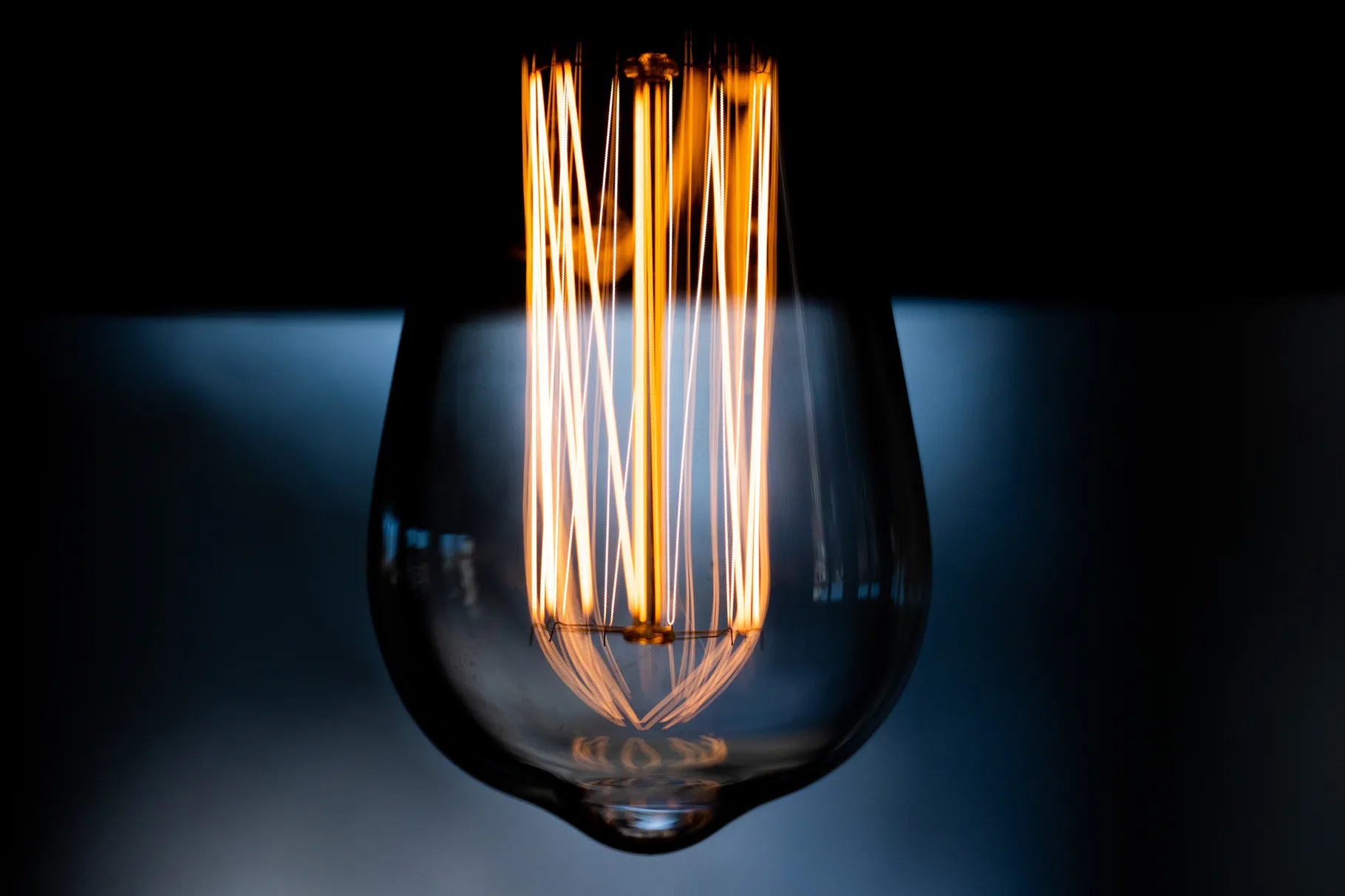
What’s going on with your lightbulbs?
What’s going on with your lightbulbs?
By Rachel DuRose
No, incandescent lightbulbs aren’t banned.
Last week, a series of flashy headlines announced the start of a “ban” on incandescent light bulbs — the classic round bulbs you most likely imagine floating above someone’s head when they have a brilliant idea. These pieces offered advice on how to prepare, outlined exceptions, and pointed out how the change would save money and the environment.
Yet, for all the useful and accurate information out there, most of these stories got one essential fact wrong, the experts Vox spoke to agreed.
“It’s not a ban,” Mark Lien, an industry relations consultant for the nonprofit Illuminating Engineering Society, and Andrew deLaski, the executive director of the advocacy organization Appliance Standards Awareness Project, told Vox in separate conversations. Both went on to describe the incandescent lightbulb-limiting guidelines as an “efficiency standard.”
The roots of the modern incandescent bulb can be traced back to the 1800s and, by the 1920s, most American homes in urban areas were illuminated with them. But, given incandescents emit light by heating a wire filament until it glows, the average bulb converts around 90 percent of the electricity it consumes into heat, not light — meaning they’re not very efficient.
In contrast, light-emitting diodes (LEDs) use the electricity fueling them more efficiently. This type of lighting uses a microchip and was first developed in the 1960s. It wasn’t until 1994, however, that Nobel Physics honorees Isamu Akasaki, Hiroshi Amano, and Shuji Nakamura developed a bright blue LED light, which would pave the way for further developments in the space. Today, LEDs exist in a range of colors and brightness levels.
The standard now requires light bulbs to emit at least 45 lumens (a measure of brightness) per watt. An average LED light emits at least 75 lumens per watt, while incandescent bulbs only emit 12 to 18 lumens per watt while using more energy. Switching from the classic incandescent to the new-age LEDs may sound like a big change, but, at the end of the day, most consumers probably didn’t notice anything different when the efficiency standard went into effect earlier this month.
“Most major retailers stopped selling incandescent light bulbs earlier this year,” said deLaski. “Most people didn’t notice, but you really haven’t seen incandescent light bulbs on most store shelves for a long time.”
Continue reading article from link.